

OUR SAKE
Hand Crafted, just for you
Award winning sake




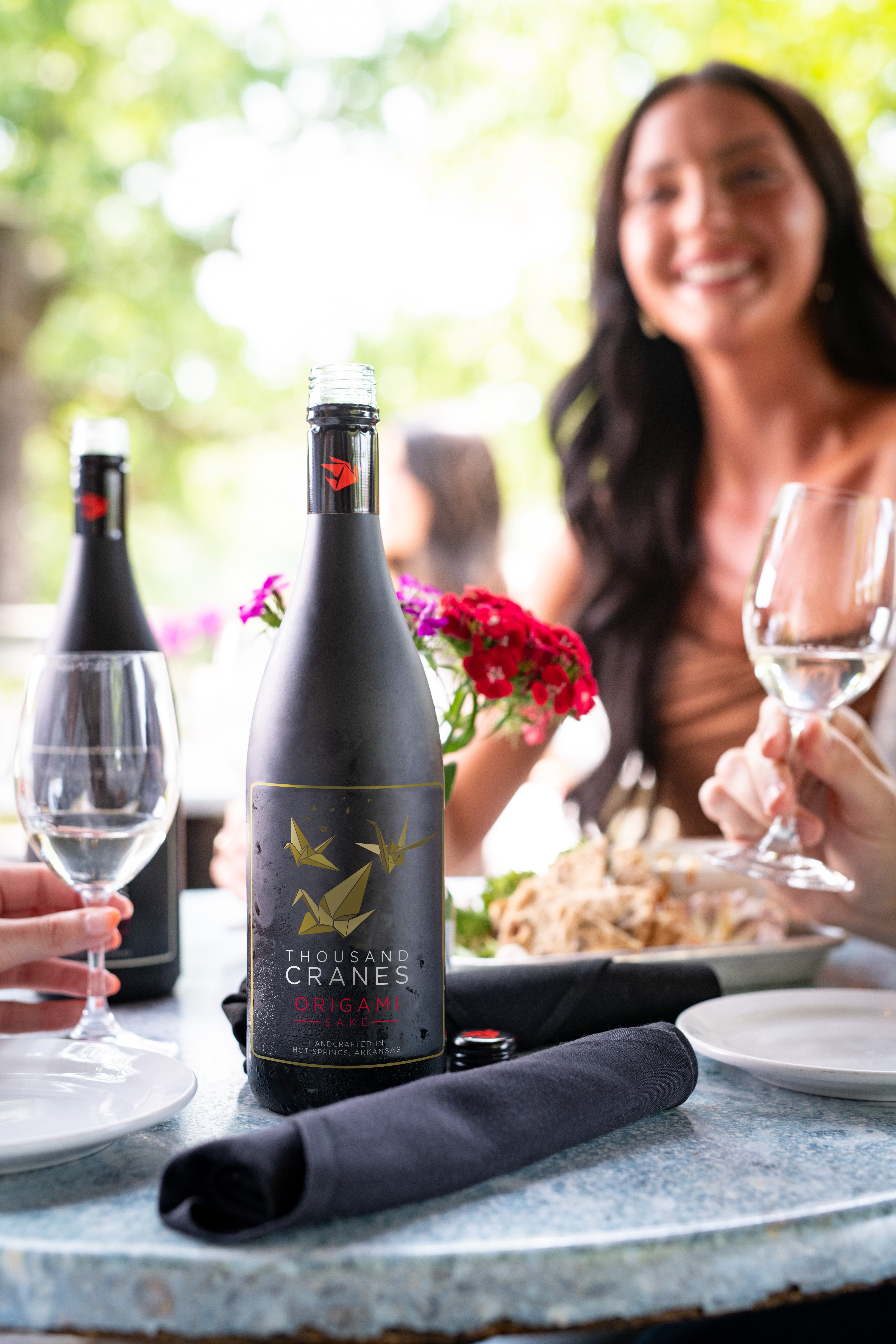
A THOUSAND CRANES
-
TASTE
RIPE CANTALOUPE, HONEYDEW, AND PEAR NOTES WITH A SUBTLE UMAMI BACKBONE. SLIGHTLY HIGHER ACIDITY FINISHES CRISP AND REFRESHING.
-
Profile
Our most versatile food-pairing sake that is equally enjoyable on its own.
-
Pair with
GOUDA, SMOKED SALMON, SMASH BURGERS AND RAMEN.
White Lotus
-
TASTE
Vibrant with balanced sweetness, hints of citrus, and pineapple as a chilled sessionable summer staple. Or soothing notes of coconut, sweet potato, and apple when warmed for the winter months.
-
Profile
Silky-smooth, the most dynamic, drinkable, and versatile nigori (hazy)-style sake on the market-period. Its profile adapts to the flavors, feelings, and temperatures of every season.
-
Pair with
Tacos, buffalo wings, pork roast and caprese.
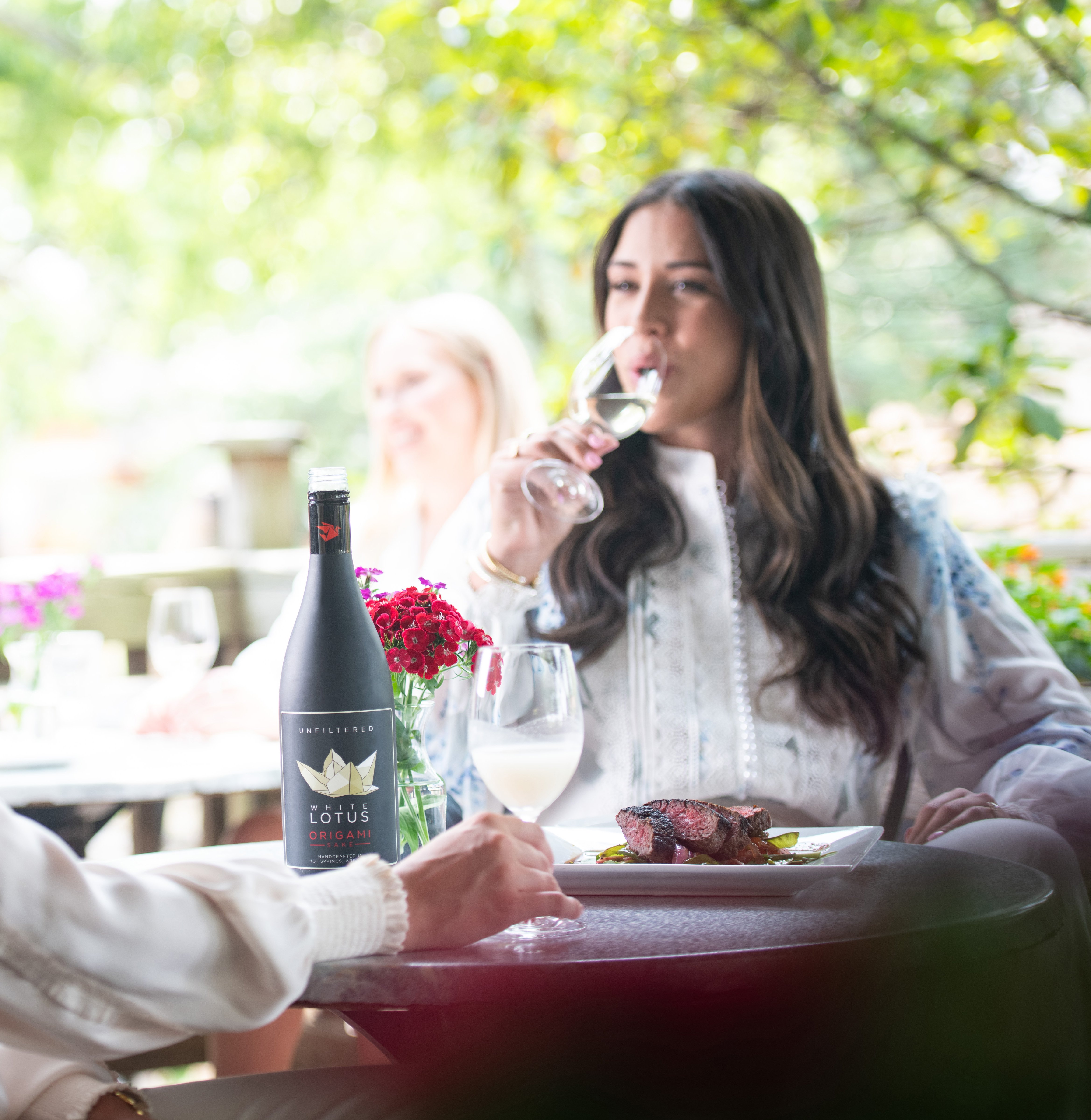
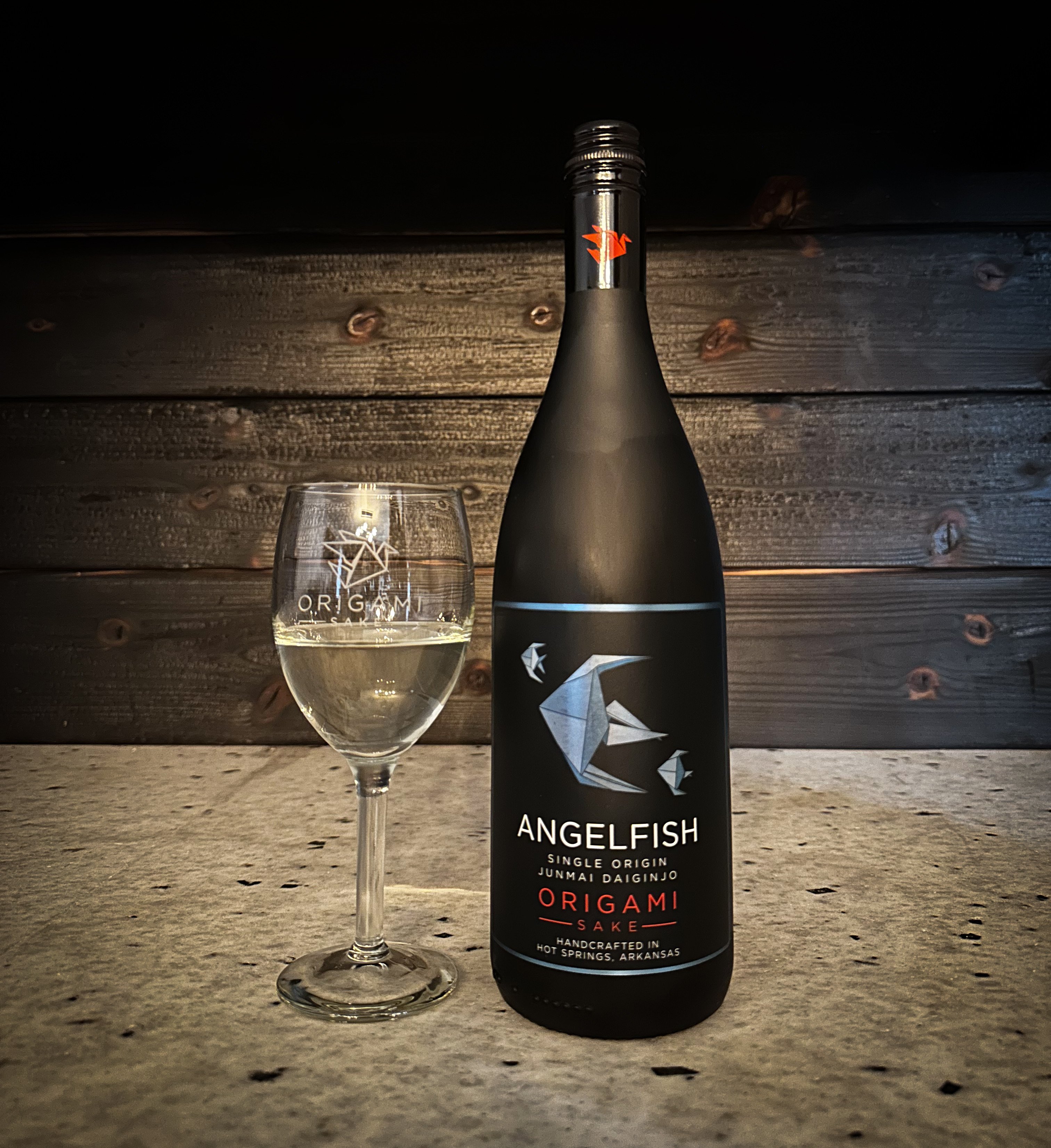
ANGELFISH
-
Taste
Brewed with 40% polished single origin Isbell Farms Yamada Nishiki rice, Angelfish is an authentic Junmai Daiginjo.
-
Profile
Notes of honeydew, pear, figs, and honeysuckle. Surprisingly light on the palate with a precise and balanced finish.
-
Pair With
Braised eel, steak tartar, and caprese salad.
ZERO
-
TASTE
Zero is non-alcoholic sake made with traditional methods. It’s all of the same ingredients minus the alcohol-producing yeast, making it an ideal option for those seeking a naturally sweet, non-alcoholic alternative to traditional sake. Zero boasts a delightful sweetness complimented with deep umami.
-
Profile
Notes of ripe apple and savory chestnuts balanced with refreshing acidity.
Non-Alcoholic Sake offers digestive benefits due to the presence of active enzymes, which can aid in nutrient absorption. The low-calorie content and absence of added sugars also make it a healthy alternative to sugary drinks.
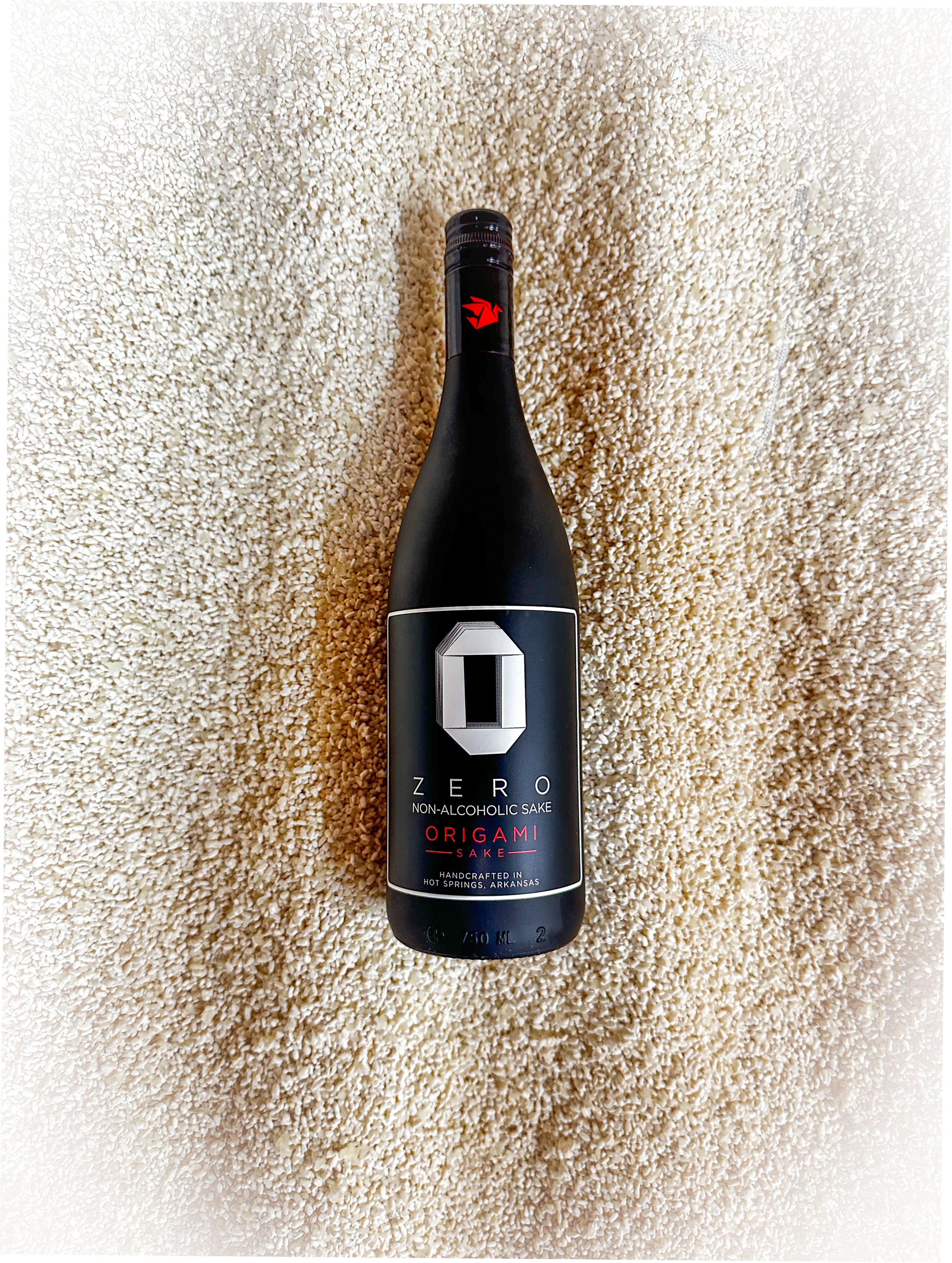
how SAKE IS MADE
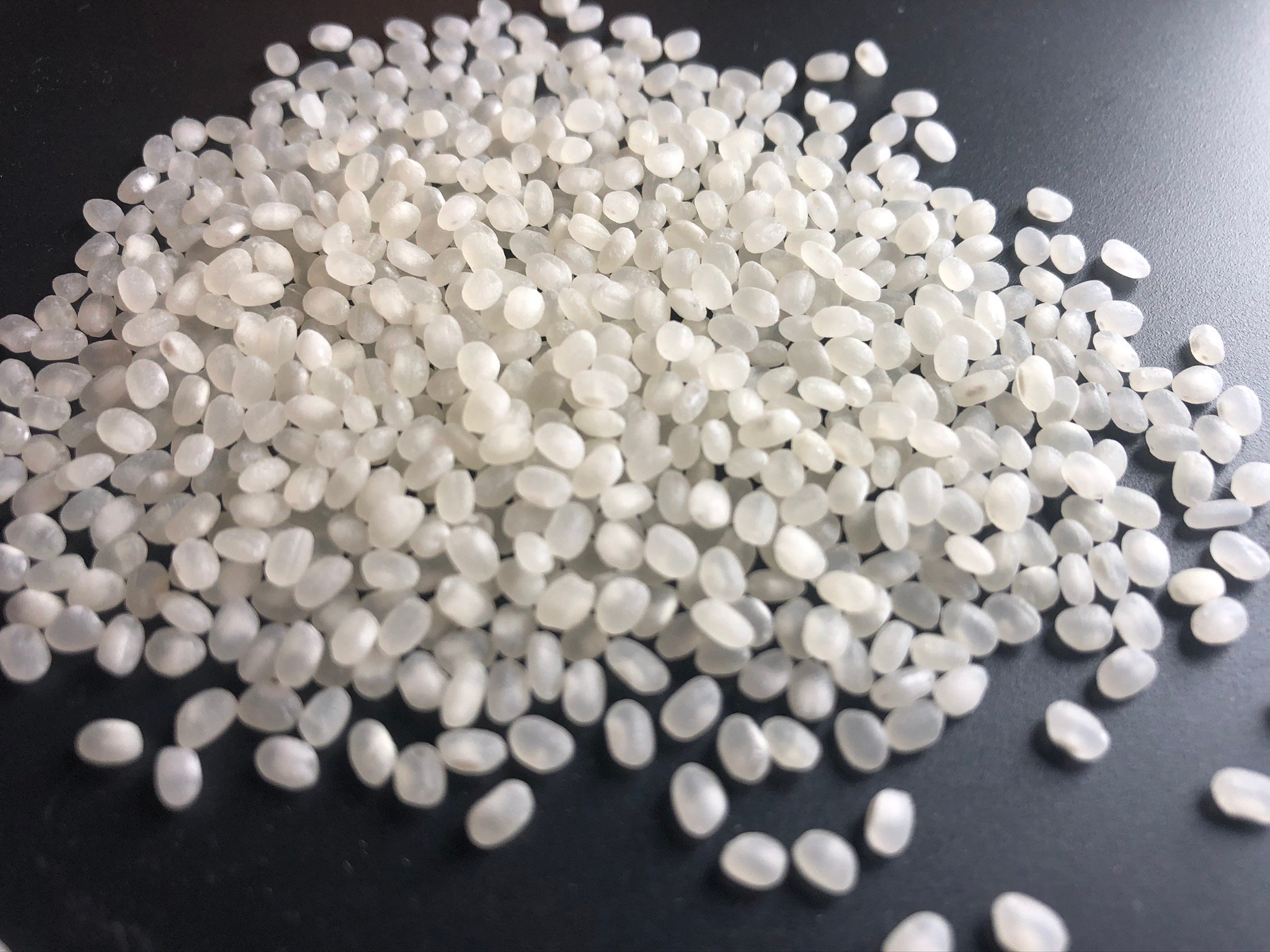
Sake Rice:
The Foundation
We start with rice. But not just any rice! Sake rice is a special variety that has been cultivated specifically for making sake. It has a higher starch content than regular table rice, which is essential for creating the unique flavor and texture of sake.
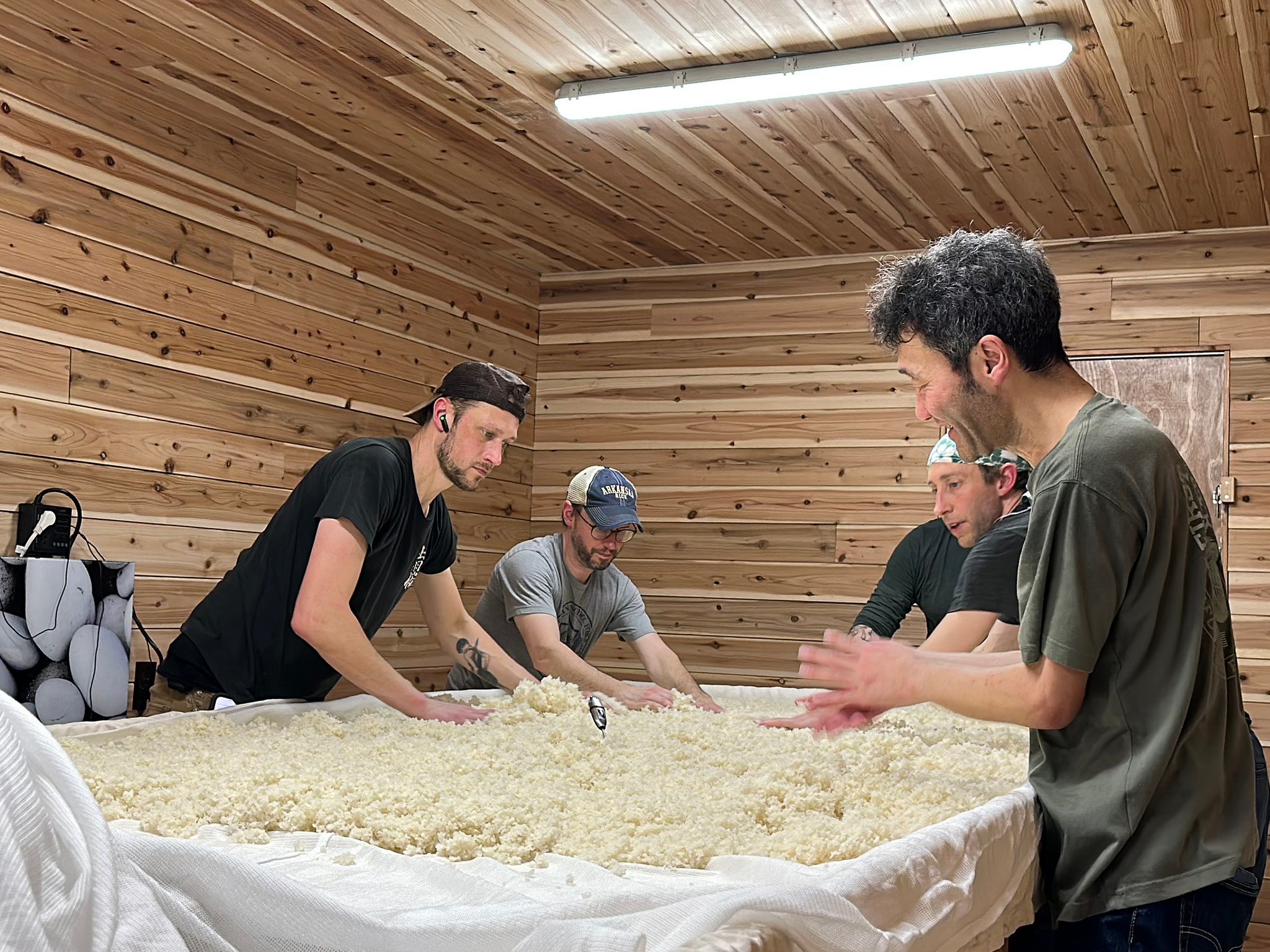
Koji Fermentation Process
Next comes the koji. This is a special type of mold that is mixed with steamed rice and left to ferment for several days. The koji breaks down the starch in the rice and converts it into fermentable sugar. This is a crucial step in the sake-making process, as the koji determines the sweetness and complexity of the final product.
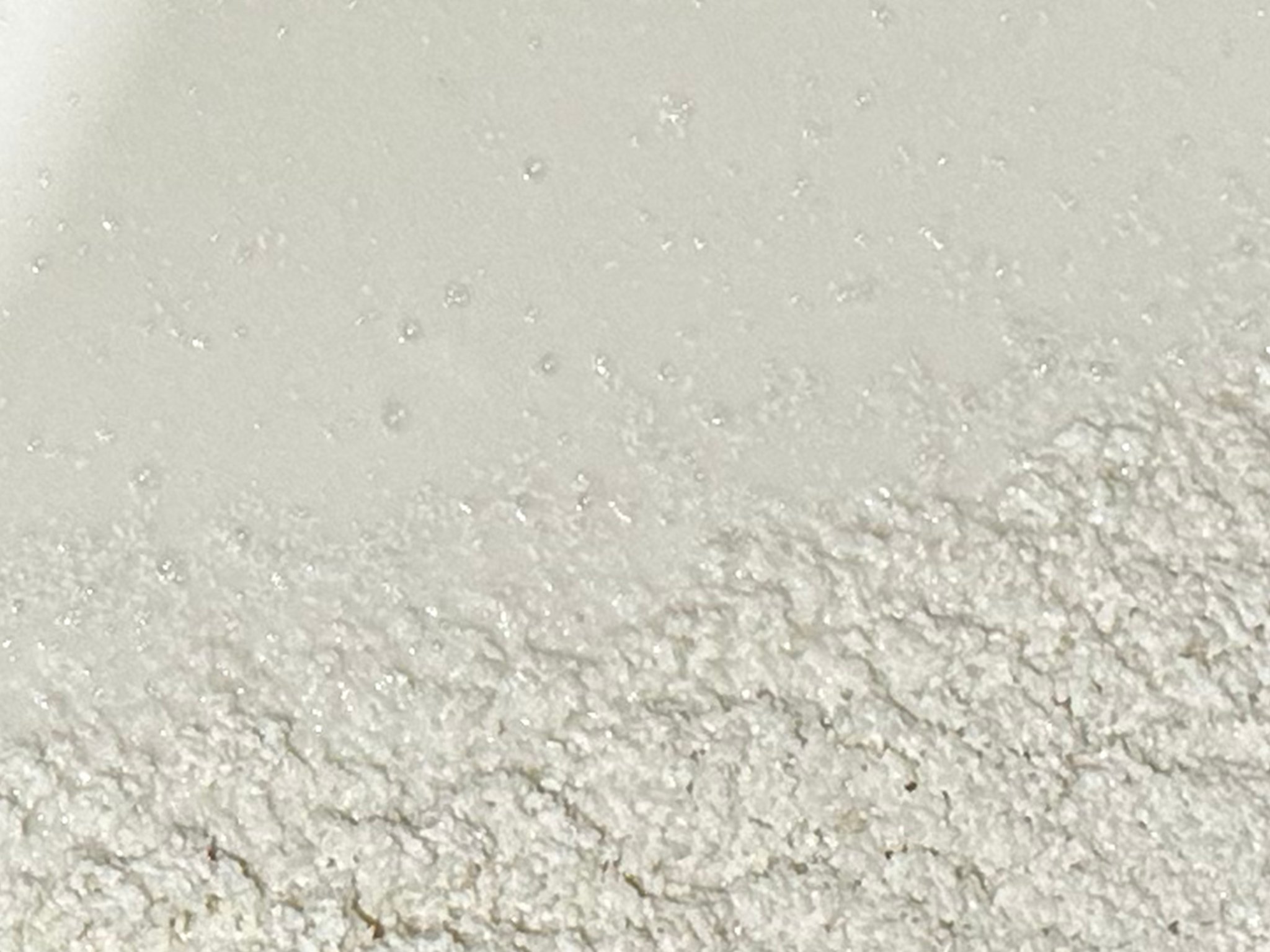
Yeast
Fermentation in
Sake
After the koji has done its job, yeast is added to the mix. The yeast ferments the sugars in the rice, producing alcohol and creating the distinctive flavor and aroma of sake. This fermentation process can take anywhere from a few weeks to several months, depending on the desired style of sake.
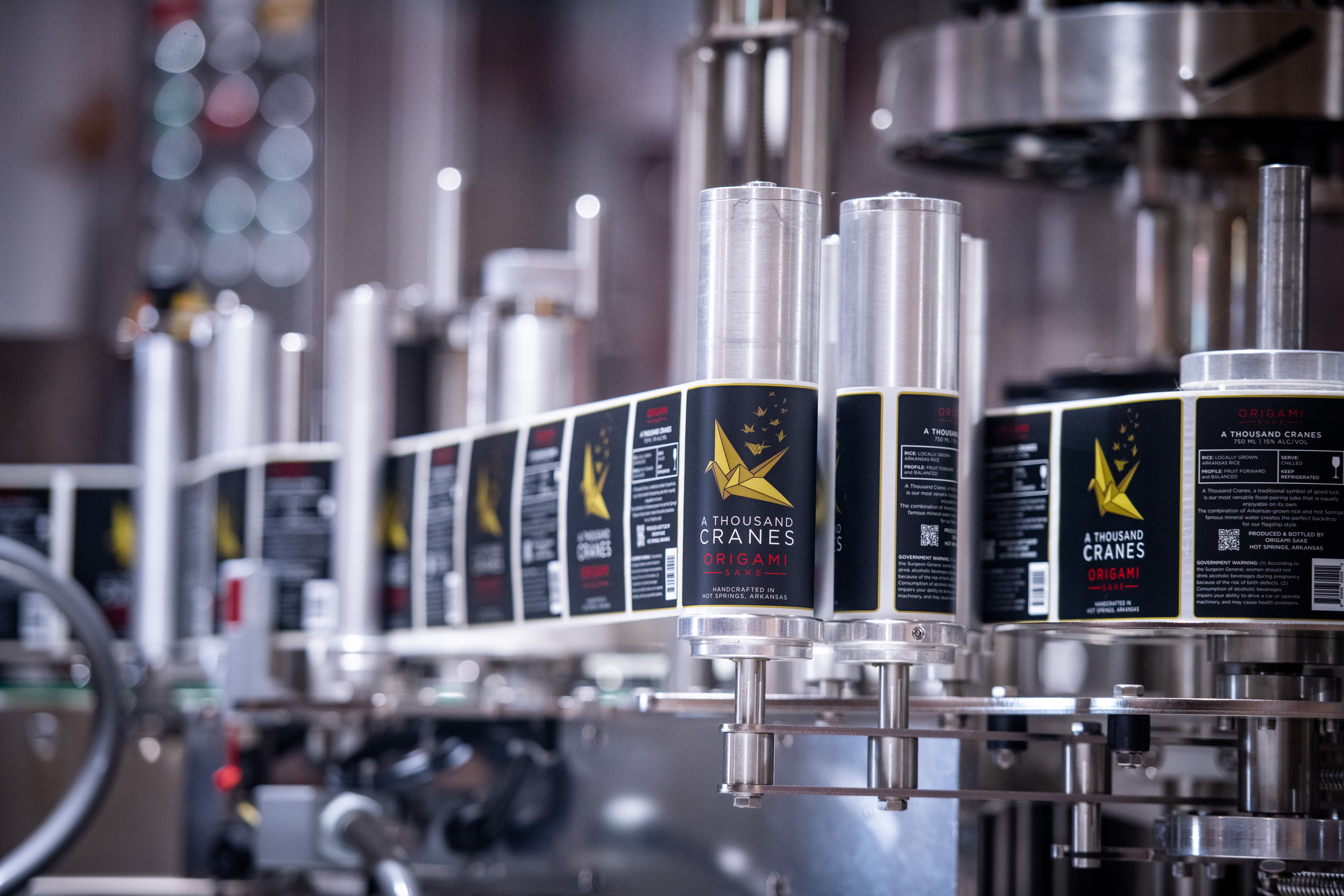
Pressing &
Bottling
Once the fermentation is complete, the sake is pressed to separate the liquid from the solids. The resulting liquid is then filtered and pasteurized to further develop its flavor and aroma before packaging.
So next time you’re sipping on a glass of sake, take a moment to appreciate the time and care that went into crafting this beautiful beverage. Kampai!
The Foundation
Koji Fermentation Process
Yeast Fermentation in Sake
Pressing & Bottling
